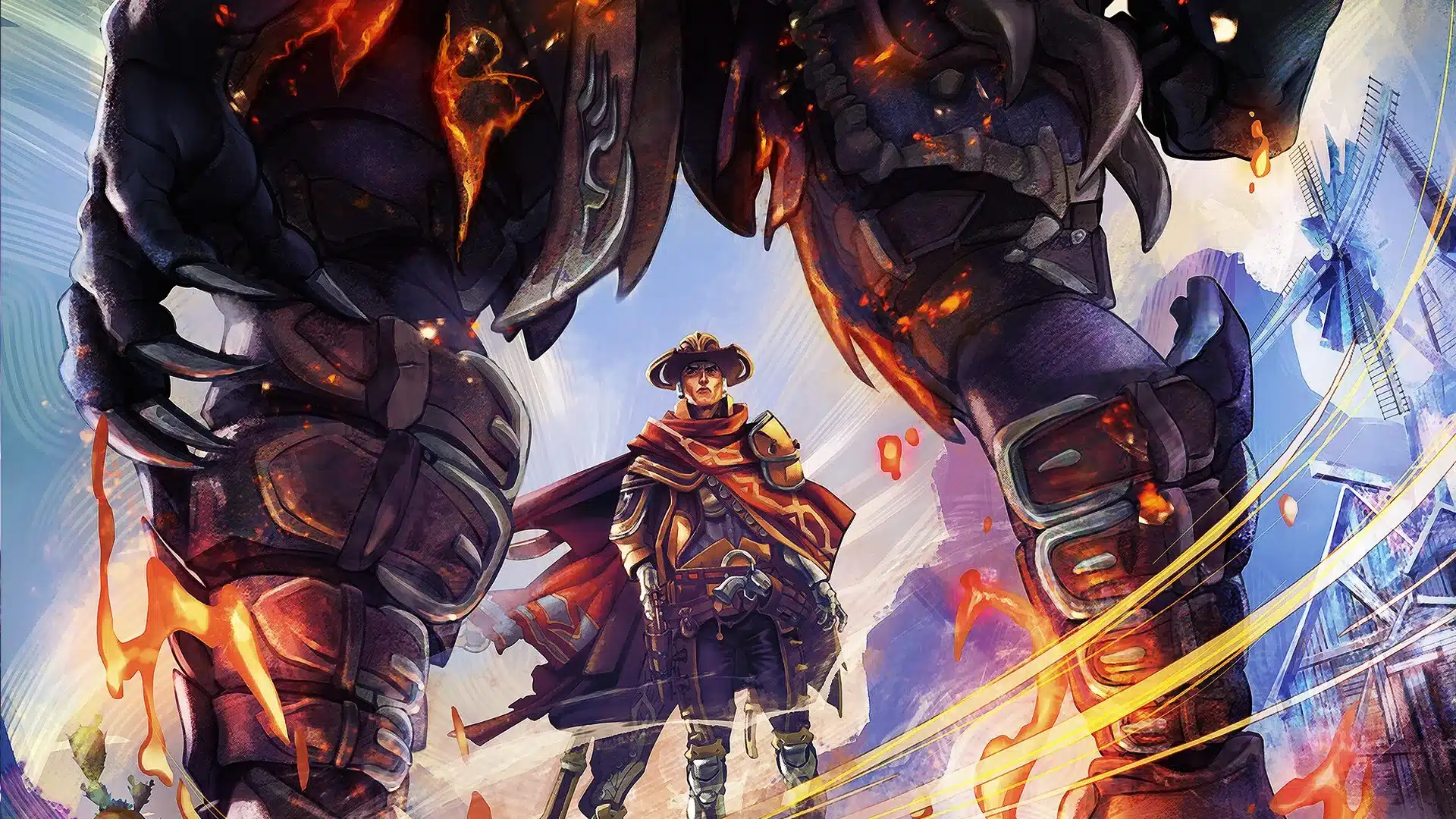High Noon is getting really popular in the MTG Standard format.. Izzet Prowess is everywhere, and a major part of the deck revolves around triggering Cori-Steel Cutter repetitively. Flurry can’t trigger if players can’t cast two spells, making High Noon extremely sought-after in Standard. That said, thanks to Prowess bleeding into other formats, High Noon is also starting to make appearances across Magic’s competitive scene.
This isn’t the first rodeo for High Noon, but the card is regardless seeing a spike on the secondary market as players prepare their lists to combat the Prowess menace in multiple formats.
High Noon

For two mana, High Noon prevents players from casting more than one spell each turn. The card mostly plays as a stax piece, but High Noon can turn into a Lava Axe for five mana to end the game. Many decks that play High Noon splash red as a result.
For reference, Izzet Prowess took up almost half of the Pro Tour qualifications at the American RC this weekend. In Japan, four of the top eight spots were taken by Prowess. This is undeniably the archetype to beat in Standard. The archetype is so powerful that some players are beginning to maindeck High Noon.
At this weekend’s Regional Championships, we saw High Noon commonly appear in the sideboard of the Domain Zur archetype. Some Jeskai Oculus players with Pro Tour qualifying finishes also decided to run this card in the board. The card was much less present at the Japanese Regional Championship, where white as a color performed badly overall.
Izzet Prowess isn’t just seeing play in Standard. The deck has also appeared in Pioneer and Modern. As a result, High Noon is also beginning to make an appearance there, but the card is much less popular in other formats.
If you want to slow down Izzet Prowess, this is one of the best cards in Standard to do it. As a result of increased demand, the price of High Noon is beginning to increase.
High Noon Price Increase

High Noon degraded to draft chaff since its last peak of relevance. The card momentarily saw play in a past Regional Championship, but after its very sudden spike, High Noon eventually degraded to 31 cents per copy. High Noon began to break onto the competitive scene once again after appearing at the European Regional Championship. Since then, the card has spiked to about $1.38.
A severe increase in demand for High Noon eventually kicked off this recent spike. Near the beginning of this card’s dip, only about 10 copies were being sold in a three-day period. Suddenly, up to 100 copies began moving hands in the same period of time. High Noon’s price began to rise shortly after. Demand is starting to cool down, but the card is still about twice as popular as it was before copies began spiking. Now, however, a lack of supply may be affecting the marketplace, as well.
While the market average doesn’t always accurately portray the sales price for cards, this one is pretty close. High Noon is seeing a huge amount of variance in terms of sales prices. Copies of High Noon sold for anywhere between 25 cents and $4 on May 4, alone. That said, most copies seem to be selling for around the $1.30 mark. As this article was written, the market average for this card continued to increase.
Now, only 17 listings for High Noon’s original variant remain available – a majority of which are foil. Since most of the demand for High Noon originates from competitive reasons, foils are much less desired since they can create marked card issues in tournament play.
Extended Art High Noon also saw a comparable price increase to its normal variant, but this copy is worth a bit more, hovering around $3. A similar number of listings for this card are also available.
This Spike May be Temporary
It’s been established at this point that High Noon’s price spike is the cause of competitive demand. This also means that, should this card begin to become irrelevant in competitive play, the demand for High Noon will disappear.
While the card is seeing some success at top-level play, it doesn’t seem overly common. Despite Jeskai Control finishing first at the US Regional Championships, for example, the decklist did not play a single copy of High Noon. The same rings true for the highest-finishing copies of Jeskai Oculus. As mentioned earlier, white as a color performed poorly in the Japanese RC. No white decks are even seen in the Japanese placings until 23rd.
Prowess players may have already discovered how to best High Noon. Into the Flood Maw is a lethal tool against the enchantment, setting up massive turns that can leverage enough tempo to beat slower decks. This could signal that High Noon is already on its way out.
That said, it’s too soon to be certain. High Noon remains a powerful way to interact with Izzet Prowess, and has some applications against other popular decks like Omniscience Combo. Only time will tell if this card is done for certain, but the potential certainly seems to remain.


